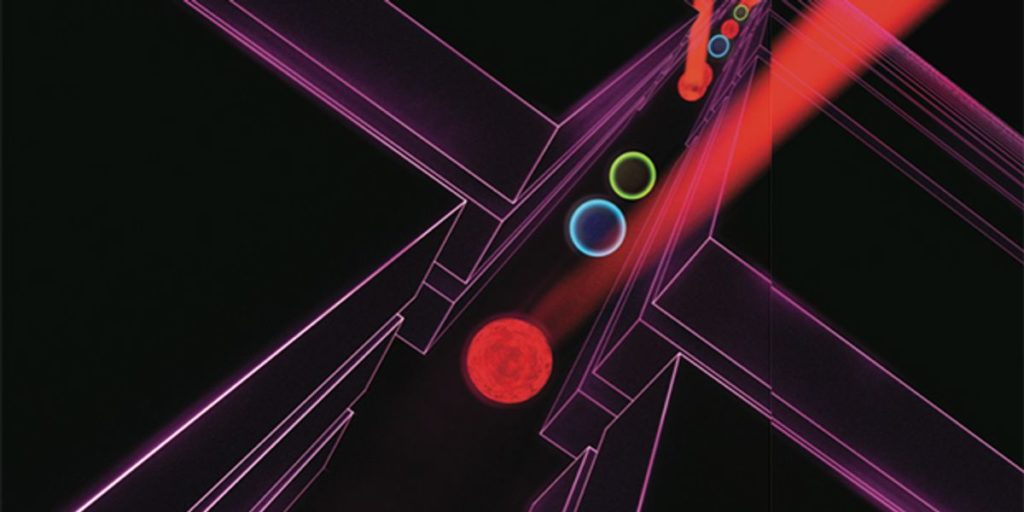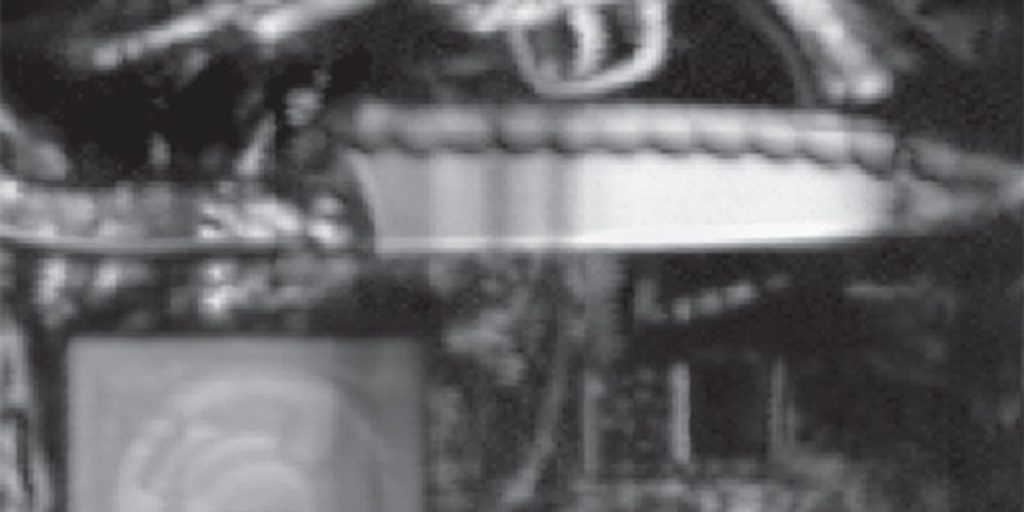Treasured Texts – IEEE Spectrum
Illustration: Rob Magiera The son of a British Quaker schoolteacher who became a brilliant orator but believed that practical study was more important than lectures, a mathematical genius fleeing Germany because of his socialist views who was almost turned back by New York customs officials as medically unfit, and two educators, one self-taught in engineering, […]
Treasured Texts – IEEE Spectrum Read More »











